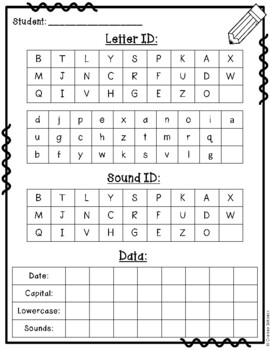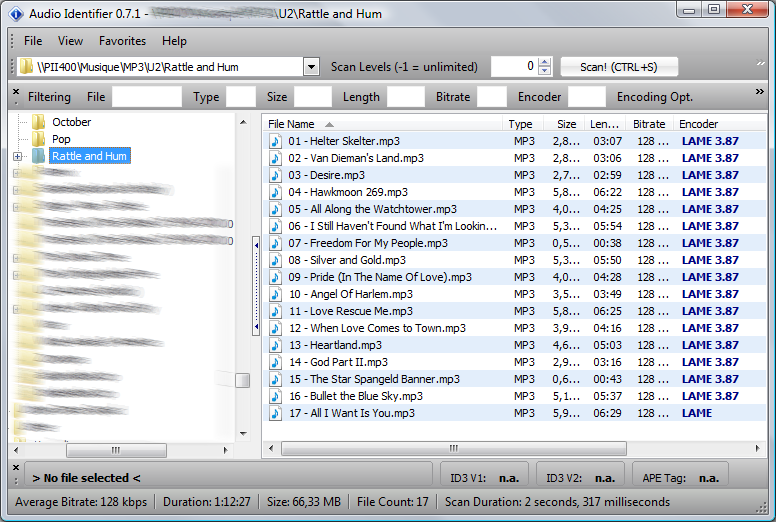

- #Sound reference id serial#
- #Sound reference id drivers#
- #Sound reference id driver#
- #Sound reference id full#
- #Sound reference id plus#
And a Virtual ASIO driver that allows you to set Reference as an output device from your DAW. These are a Windows audio device insert that’s applied directly to your selected output device and should provide lower latency.
#Sound reference id drivers#
If you’re a Windows user, then you get two new drivers to help with your audio routing, taking the total up to four. Unfortunately, the presets don’t seem to be interchangeable between the app and the plug-in, so you may need to set them up twice.
#Sound reference id serial#
Searching for and adding new headphone models is a breeze, and there’s a new login system that does way with complex serial numbers. You can now set up a controller to switch modes quite easily. It allows you to save the same profile multiple times with different target modes and then select between them using MIDI messages.

Drive timeĮlsewhere, the preset system is slicker and easier to use. In this version, it’s much more integrated, extensive and valuable. This was loosely included in earlier versions, but it felt like a bit of an afterthought. A helpful description accompanies each one, and you can create a favourites list you can then cycle through as you check your mix. On the other hand, the smartphone profile is an average of several handsets to give a more general sounding simulation. Some of these profiles are based on specific pieces of hardware. These include in-ear and over-ear headphones, studio speakers (Mixcubes and NS10M), smartphone, TVs, laptops and cars. Perhaps more exciting is the long-requested Translation Check mode, which adds 20 profiles for checking how a mix might sound on different systems. However, we find we miss the tilt EQ from the previous version, and it would be nice to have control over the shelf slopes for more precise editing. In use, we found editing nodes to be a little sluggish on the app version, but this isn’t a major issue as it’s not something you’ll frequently be doing. Significantly, there are also handles on the left and right that you can move to bypass the calibration ideal if you want to only focus on specific areas, such as the low-end. You can click and drag to create new EQ nodes and choose from low or high shelf, and parametric bell curves. Using smooth EQ lifts can add some weight or brightness back in, while keeping the more intricate correction curves. This may seem to go against the idea of flattening out what you’re hearing, but sometimes a flat response can lack a little vibe. The Custom mode has a new editable EQ that you can use to tailor the final sound to your preference in real-time. The Flat mode is self-explanatory: the software’s EQ adjustment compensates to create a theoretical flat response. With these, you can choose from Flat, Custom or Translation Check. One of the major new features is the target modes. There’s also a helpful new swap left/right button under the Input meter, a practical tool to help give a new perspective on your mix’s balance. For instance, the mono button now just a symbol underneath the Output meter. The overall look is a little less cluttered and sharper, though. You can also choose between Zero Latency, Mixed and Linear Phase filters, with increasing amounts of latency displayed alongside.
#Sound reference id plus#
A graph in the middle shows various before and after curves, plus Input and Output meters and a Dry/Wet dial to control the adjustment amount. Visually, the core functionality of the GUI in the app and plug-in is the same as in previous versions. We’ve been using Reference for years and would find it hard to go back to an uncalibrated sound now. We test the generated curves in both a treated room and an untreated bedroom, and the results are astonishing. Even then, it can help smooth out frequency response irregularities that arise from differences in speaker design. Of course, it’s at its best when used in conjunction with good acoustic treatment. Once again, listening through a flatter response can help you make more accurate mix decisions without accidentally compensating for the room’s issues. It takes over 30 measurements from around the listening position, then spits out a unique file that you can load into the standalone app or plug-in versions. Setup is still a smooth and easy-to-follow process that should take around 20 minutes. The Reference Measure app remains largely the same with some minor cosmetic tweaks.

You can also purchase the mic separately for £69 or use any other measurement mic.
#Sound reference id full#
If you opt for the full version, it comes with Sonarworks’ XREF20 microphone with a unique calibration profile for added accuracy. Alongside using Reference for headphone listening, you can also use it to calibrate your room and speakers, although you’ll need a special measurement microphone for this.


 0 kommentar(er)
0 kommentar(er)
